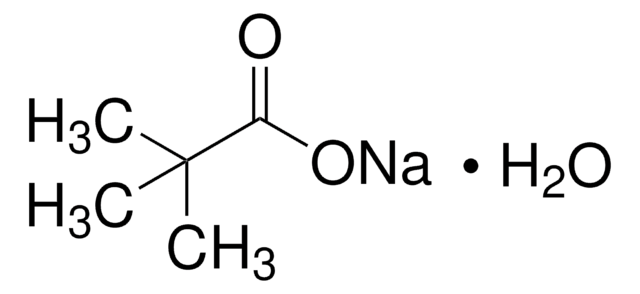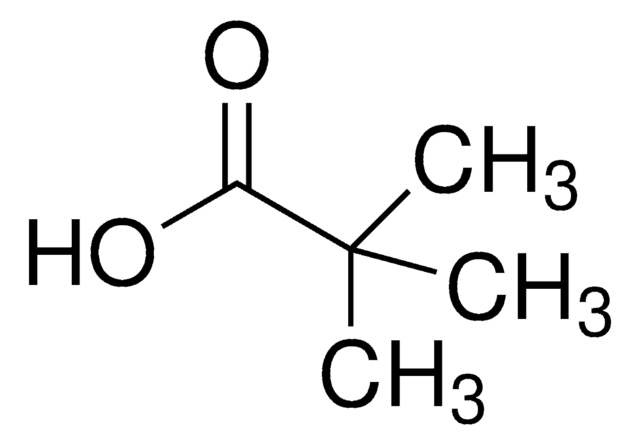316555
1,6-Anhydro-β-D-glucose
99%
Synonym(s):
Levoglucosan
About This Item
Recommended Products
Assay
99%
form
powder or crystals
optical activity
[α]18/D −66°, c = 1 in H2O
color
beige
mp
182-184 °C (lit.)
solubility
water: 50 mg/mL, clear, colorless
SMILES string
O[C@H]1[C@H](O)[C@H]2CO[C@H](O2)[C@@H]1O
InChI
1S/C6H10O5/c7-3-2-1-10-6(11-2)5(9)4(3)8/h2-9H,1H2/t2-,3-,4+,5-,6-/m1/s1
InChI key
TWNIBLMWSKIRAT-VFUOTHLCSA-N
Looking for similar products? Visit Product Comparison Guide
Application
- 1,6-anhydro-2,4-dideoxy-β-D-glycerohexopyranos-3-ulose.
- Quasi-linear polyglucose (PGlc) via cationic ring-opening polymerization.
- Polynitrogenated analogs of glucopyranoses.
- 3-deoxy-3-fluorogalactopyranose and acetylated 4-deoxy-4-fluorogalactopyranose.
Other Notes
Storage Class Code
11 - Combustible Solids
WGK
WGK 3
Personal Protective Equipment
Certificates of Analysis (COA)
Search for Certificates of Analysis (COA) by entering the products Lot/Batch Number. Lot and Batch Numbers can be found on a product’s label following the words ‘Lot’ or ‘Batch’.
Already Own This Product?
Find documentation for the products that you have recently purchased in the Document Library.
Customers Also Viewed
Our team of scientists has experience in all areas of research including Life Science, Material Science, Chemical Synthesis, Chromatography, Analytical and many others.
Contact Technical Service









![1,10-Phenanthroline chloride monohydrate GR for analysis and redox indicator [reagent for iron(II)] Reag. Ph Eur](/deepweb/assets/sigmaaldrich/product/images/350/751/c4f466f3-0750-4cb4-af8f-5942eba5d12f/640/c4f466f3-0750-4cb4-af8f-5942eba5d12f.jpg)

